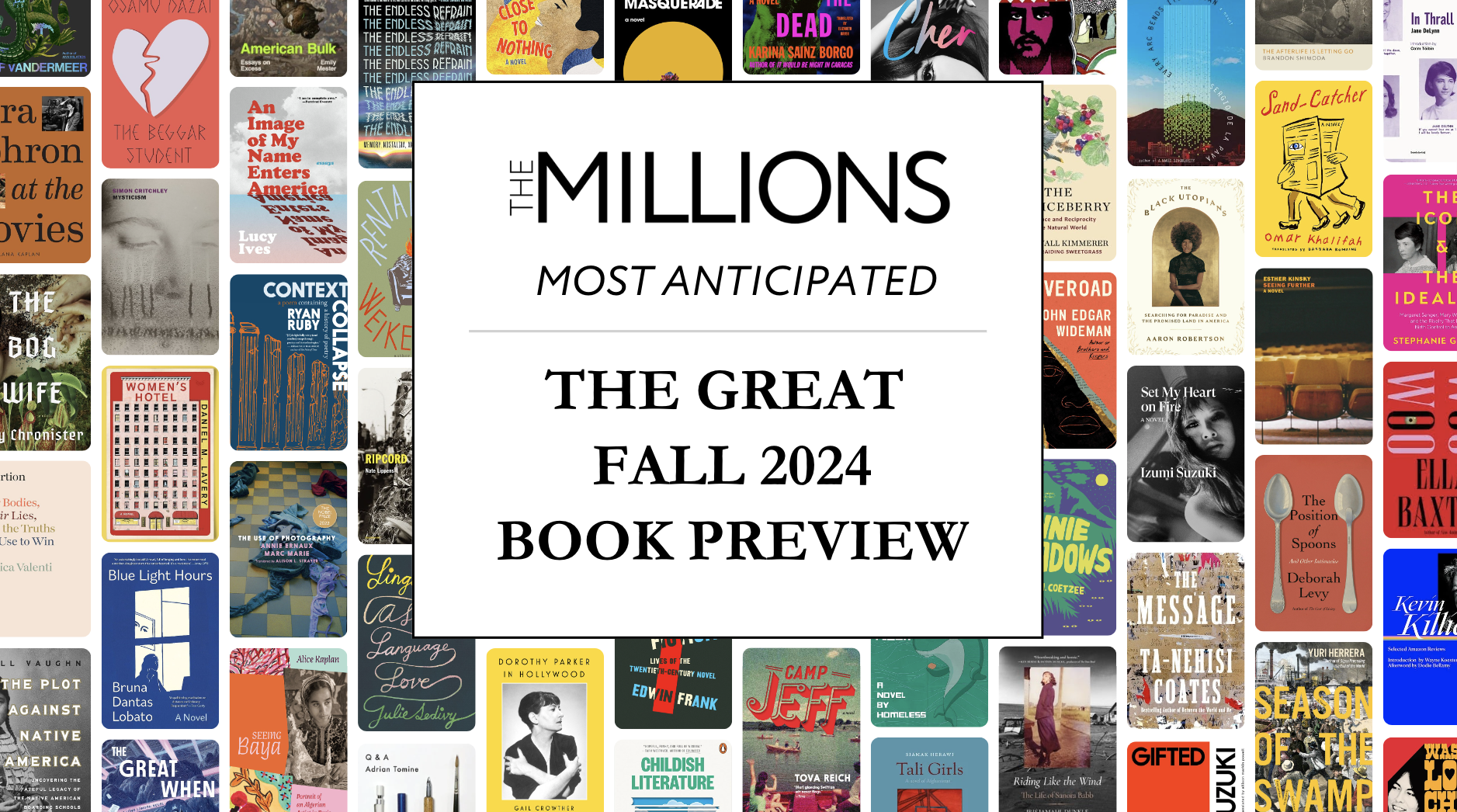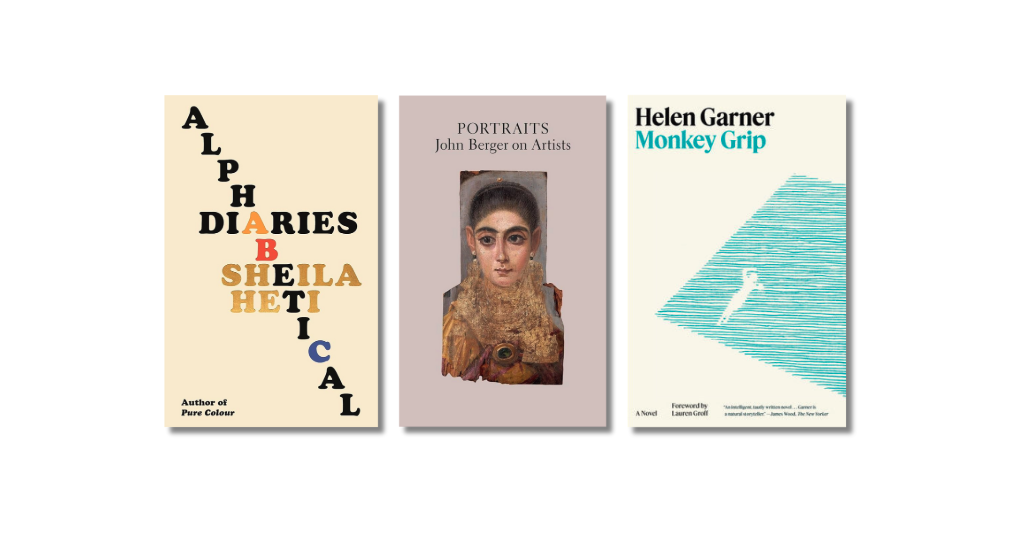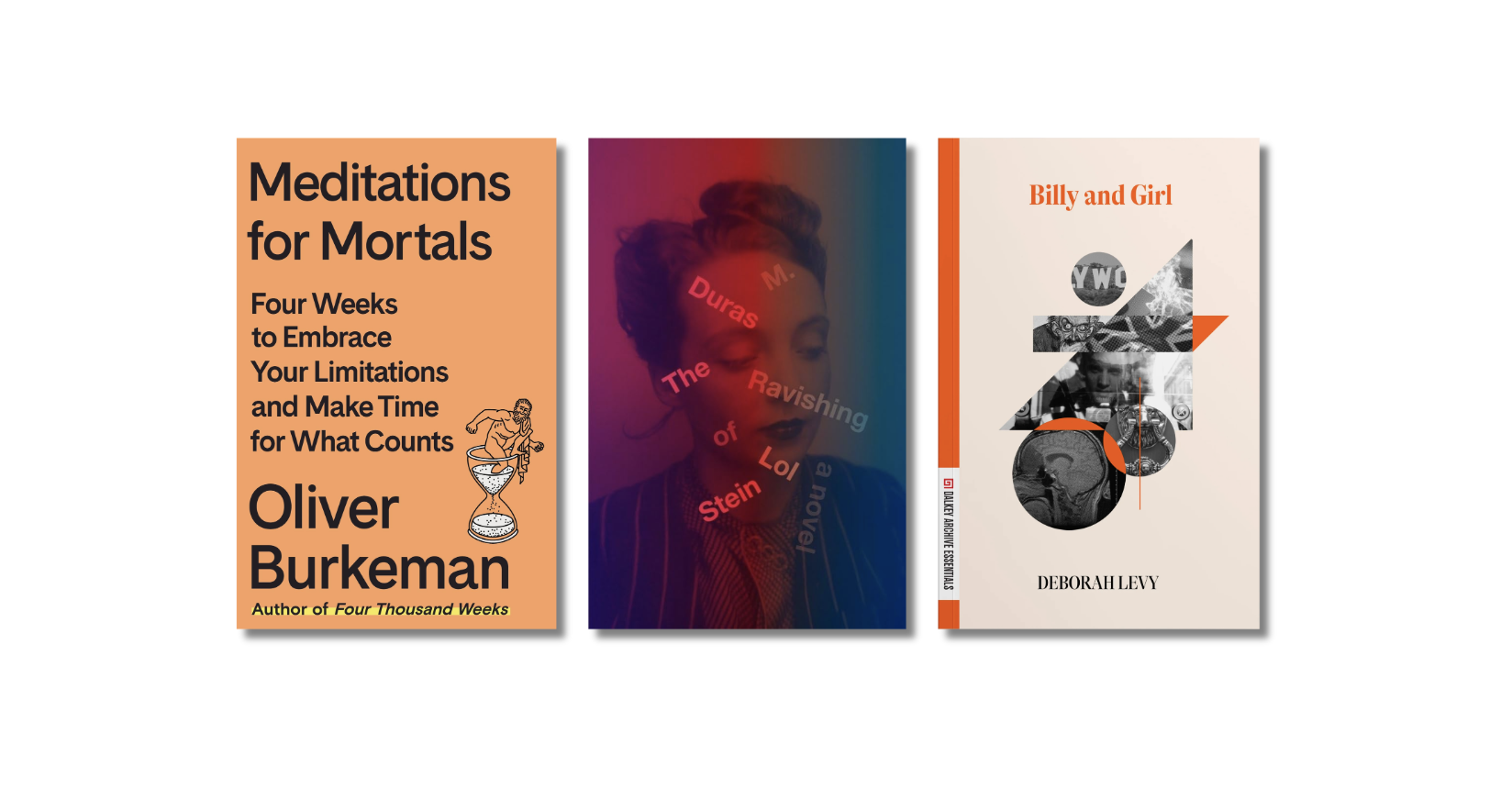
 In Sunday’s New York Times, inspired, I suspect, by Black History Month, movie critics A.O. Scott and Manohla Dargis had a long piece on the glaring absence of black writers, directors, and actors in this year’s Oscar nominated movies. They refer to this phenomenon as a “whiteout.” Some might say that Scott answered his own question—why there are no major movies this year by or about black characters (never mind the rest of America’s non-white racial panoply; Scott never mentions them)—with his rather insightful piece of a few weeks back, “Hollywood’s Class Warfare,” which argued that in the wake of the financial crisis, in the midst of mass unemployment, mortgage defaults, and forecloses, many American filmmakers became preoccupied by class, and that some of the best of this year’s movies (The Fighter, Winter’s Bone, The Town) were about working-class and underclass lives, the kinds of lives that the dominant American class mentality—we’re-all-middle-class-here—doesn’t acknowledge or examine all that often.
In Sunday’s New York Times, inspired, I suspect, by Black History Month, movie critics A.O. Scott and Manohla Dargis had a long piece on the glaring absence of black writers, directors, and actors in this year’s Oscar nominated movies. They refer to this phenomenon as a “whiteout.” Some might say that Scott answered his own question—why there are no major movies this year by or about black characters (never mind the rest of America’s non-white racial panoply; Scott never mentions them)—with his rather insightful piece of a few weeks back, “Hollywood’s Class Warfare,” which argued that in the wake of the financial crisis, in the midst of mass unemployment, mortgage defaults, and forecloses, many American filmmakers became preoccupied by class, and that some of the best of this year’s movies (The Fighter, Winter’s Bone, The Town) were about working-class and underclass lives, the kinds of lives that the dominant American class mentality—we’re-all-middle-class-here—doesn’t acknowledge or examine all that often.
Yes, I know: there are still a great many statistics that demonstrate that race and poverty’s fault-lines still mirror each other, still have a causal rather than accidental relationship, and thus that class is not the new race: that race is the new race and the old race. But, it’s Hollywood we’re talking about, and we can’t ask them to attend to too many weighty aspects of American life at once. So, at least for this year in American movies, the answer to the rhetorical question in “Hollywood and the Year of the Whiteout,” “Is class the new race?,” is yes: For Hollywood this year class was the new race.
That doesn’t mean that this year’s “whiteout” isn’t a problem. But neither the problem nor the answer to the problem are quite what the authors here take them to be, though they touch on the real answer fleetingly.
The problems with the argument? First, and most obviously, when there’s a whiteout year in Hollywood, black isn’t the only color that’s missing. And, second, the solution to the whiteout is not, as is suggested, a new black indie cinema movement—a few new Spike Lee/Lee Daniels-style black moviemakers. Or, at least, that’s not the full answer.
 My sense is that the way out of the whiteout requires something more subtle, something unprecedented. The answer isn’t just a new coterie of black directors making movies in the line of Do The Right Thing or Precious. More serious films about black American life in our yearly cinematic output would be great, don’t get me wrong. But there’s something else American cinema needs more now—something we’ve only had accidental and fleeting glimpses of thus far.
My sense is that the way out of the whiteout requires something more subtle, something unprecedented. The answer isn’t just a new coterie of black directors making movies in the line of Do The Right Thing or Precious. More serious films about black American life in our yearly cinematic output would be great, don’t get me wrong. But there’s something else American cinema needs more now—something we’ve only had accidental and fleeting glimpses of thus far.
What we need are more serious movies with multiracial characters/casts that aren’t SCARE QUOTES MOVIES ABOUT RACE END SCARE QUOTES. We need more movies that simultaneously are and aren’t about race: movies that are dramas and comedies, about love, death, the usual human plots—and also happen to be about race. We don’t need only highly self-conscious, politicized movies about race, but movies that look at race the way Ben Affleck’s The Town look at class: askance—Affleck uses a popular genre, a crime-thriller, to smuggle a story that’s really about class onto the big screen. This is also how Lisa Cholodenko asks us to think about sexual orientation in The Kids Are Alright: The movie’s lesbianism is sort of incidental. The movie is about a marriage undergoing a crisis brought about by a daughter’s departure for college–oh, and the couple happens to be gay. Cholodenko does not tell us that gay love, marriage, or family exist in a special category of experience unfelt and un-feel-able by heterosexuals: She tells us that the struggles marriage and children involve are a basic human experience, whatever the sexes of those involved.
I’m not saying that we as a nation have arrived at an idyllic, post-racial (or post-sexual orientation, or post-class) age in which we do not need MOVIES ABOUT RACE, but we could also use a less melodramatic, less strident cinema of race in the vein of The Kids Are Alright that’s just about sort of normal human plots inflected by the post-racial-ish reality that has come to define more and more of our lives. Because in some American communities, in some American homes and workplaces—more and more, I think—a version of the post-racial age has arrived and it’s not because we have a biracial president. We’re married to and related by marriage to and work with and hang out with people of other races and nationalities, and at the end of the day our relationships with these people aren’t really all that different from our relationships with those of our own races. It’s sort of mundane, actually. Bi-racial marriages and friendships are actually pretty much like any other marriages and friendships most of the time.
Are there moments of fracture sometimes—a sense that your partner of another race is experiencing or feeling something you can’t? Yes, certainly. And are there strange moments in bi-racial relationships in which you suddenly feel as if your marriage/friendship is some sort of radical political choice—that you’re poster-children for something (usually caused by other people’s delighting in/awkwardness about your biracial-ness)? Again, yes. And I hope that this new cinema I imagine would capture and explain such moments with the subtlety they deserve. But most of the time in interracial relationships, it’s all the same laundry-on-the-floor, bills, celebrations, in-laws, dishes, fights, compromises that the same-race couple next door are dealing with. And I hope my new cinema would capture this too—how normal and humdrum inter-racial relationships can be.
This American experience has yet to make its way onto the screen, but we catch glimpses of it: A.O. Scott sort of touches on this idea of naturalizing race when he talks about 2009’s The Hurt Locker and its focus on “the volatile friendship between two soldiers, a hot-headed white bomb-disposal specialist played by Jeremy Renner and his cautious black sergeant played by Anthony Mackie. Race in that movie was not a theme or a problem to be solved, but rather a subtle, complex fact of life.” This is what I’m talking about. In an ever-increasing number of American lives it’s probably this kind of representation—race as “subtle, complex fact of life”—that feels most resonant. This understated mode (friends and coworkers first; incidentally, black and white) is a norm for more and more Americans and it should become a stronger presence in our movies. Race, for some of us now, isn’t a be-all-and-end-all melodramatically determinative fact of life, but a fact nonetheless—one that inflects our lives in increasingly subtle, nuanced ways—ways that have only just begun to be reflected in our movies.
What we need now are not white movies with Benetton tokenism (think Harry Potter: Cho Chang and the Patel twins), nor movies that ghettoize racial experience. What we need now, if our movies are to reflect American life as it is lived by more and more of us, is not white or black, but multiracial, biracial—movies whose plots and characters show how people of all races, not just white and black, combine and intersect in more mundane ways (marriage, friendship, work) and how these intersections have their particular, subtle racially-inflected nuances but are also just that—friendships, work, marriages.









